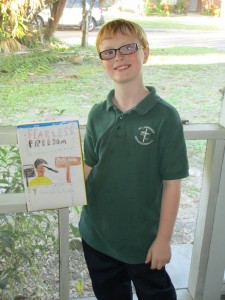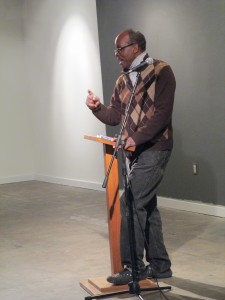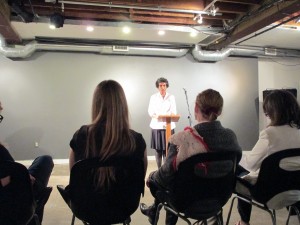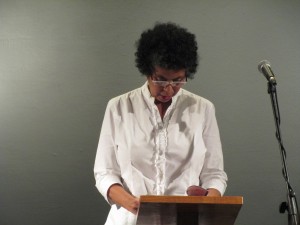Fifty years ago Selma, Alabama, became the focus of a campaign to register African American voters. Dr. Martin Luther King, joined forces with the student organization, the Student Nonviolent Coordinating Committee (SNCC), which had been working on voter registration in Selma since 1963.
Although the Civil Rights Act of 1964 outlawed voter discrimination, the southern states continued to prevent African Americans from voting by refusing to register them. Unfair and often ridiculous requirements, from having to pay a tax, to reciting portions of U.S. and state constitutions, were mandatory for blacks who tried to register. The state of Alabama, under Governor George Wallace, was determined to prevent blacks from voting. Only two percent of Selma’s African Americans succeeded in registering to vote.
On February 18, 1965, an Alabama State Trooper shot and killed protester Jimmie Lee Jackson when segregationists attacked a small group of people peacefully demonstrating for the vote. SNCC and Dr. King organized a 54 mile march from Selma to the state capital in Montgomery to protest Jackson’s murder.
A group of 600 protesters set out on Sunday, March 7. As soon as they crossed the Edmund Pettis Bridge, the Alabama State Troopers attacked savagely on foot and horseback, shooting teargas and wielding clubs on the peaceful protesters. The troopers pushed the protesters back across the bridge, beating them mercilessly while news reporters broadcasted the story around the world. They called it Bloody Sunday.
Outrage over Bloody Sunday drew people from all over the country to Selma to support the marchers. On March 9, King led another march but turned back, fearing an attack. That evening a group of segregations brutally beat James Reeb, a young minister from Boston who had joined the protesters. He later died of his wounds.
George Wallace tried to prevent the protesters from getting a permit to march, but a U.S. district court judge overruled him and a new march was planned. President Johnson went on television to pledge support for new voting rights legislation.
On March 21, 2,000 people set out to walk from Selma to Montgomery, protected by U.S. army federal troops and the Alabama National Guard. They traveled 12 hours per day and camped out in fields along the way. On March 25, the protesters arrived in Montgomery and joined forces with additional supporters, swelling their numbers close to 50,000. After Dr. King delivered a speech at the State Capital Building, the marchers tried to deliver a petition to Governor George Wallace, but refused to appear. They presented the petition to his secretary instead. Later that evening, members of the Ku Klux Klan murdered Viola Liuzzo while she was driving marchers back to Selma. Liuzzo was a mother of five from Detroit who had come to Alabama to support voter registration.
That August, Congress passed the Voting Rights Act which guaranteed blacks the right to vote and banned practices that prevented voter registration. This legislation made it possible for blacks to elect African American officials to represent them.
I continue to be amazed and proud of the ordinary people who fought for freedom and justice in our country. Take some time to remember these brave Americans. You can learn more about the Selma marches at http://www.history.com/topics/black-history/selma-montgomery-march




